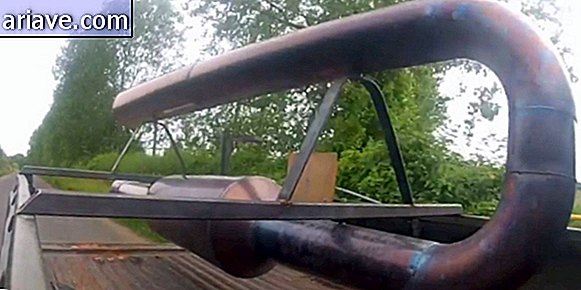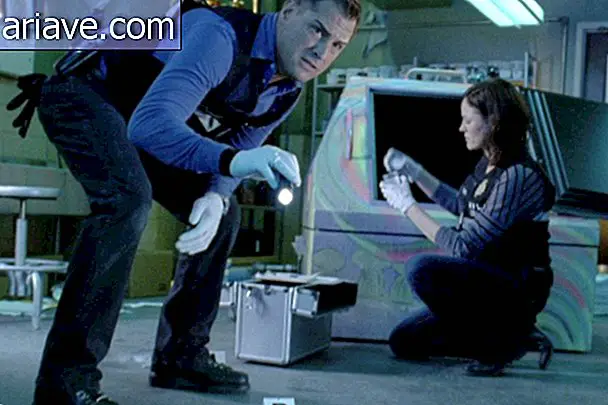5 Amazing Facts About The Chernobyl Nuclear Accident
As we told you in an earlier issue here from Mega Curioso - which you can access via this link - the biggest nuclear accident of all time happened in mid-1986, after a catastrophic vapor explosion caused a fire and a series subsequent explosions at reactor number four at the Chernobyl plant in Ukraine.
The accident resulted in nuclear meltdown and the release of radioactive material 100 times greater than that released in the Hiroshima and Nagasaki bomb explosions. Also, according to the video you just watched, there are other amazing disaster-related facts:
1 - To control the situation, about 800, 000 people were exposed to radiation and 25, 000 of these people died and 70, 000 had severe sequelae. Of the 25, 000 people who lost their lives, 20% committed suicide and, according to Greenpeace, the accident resulted in the death of over 90, 000 people worldwide from cancer.
2 - Pregnant women who were in the area of the accident were instructed to perform abortions so that their children were not born with serious problems of malformation. And, according to the US Nuclear Regulatory Commission, the NRC, 28 of the Chernobyl plant workers died in the four months following the disaster.
3 - Of all material released in the accident, 97% remains in place. In addition, it is estimated that more than 5 million people live in regions considered contaminated by the accident. Belarus, for example, had 70% of its territory affected by the Chernobyl disaster.
4 - The physical and psychological health of people affected by the nuclear accident is, until today, one of the biggest public health problems in the world. Luckily, the number of deaths from cancer or other health problems was lower than expected.
5 - The last Chernobyl reactor was shut down just 14 years ago, and 200 tons of radioactive material are still there. Experts say the region will take another 100 years - at least - until it is considered free of radioactive pollution. However, it eventually became a wildlife sanctuary, and today it houses populations of diverse animals such as wolves, deer, beavers and eagles.











